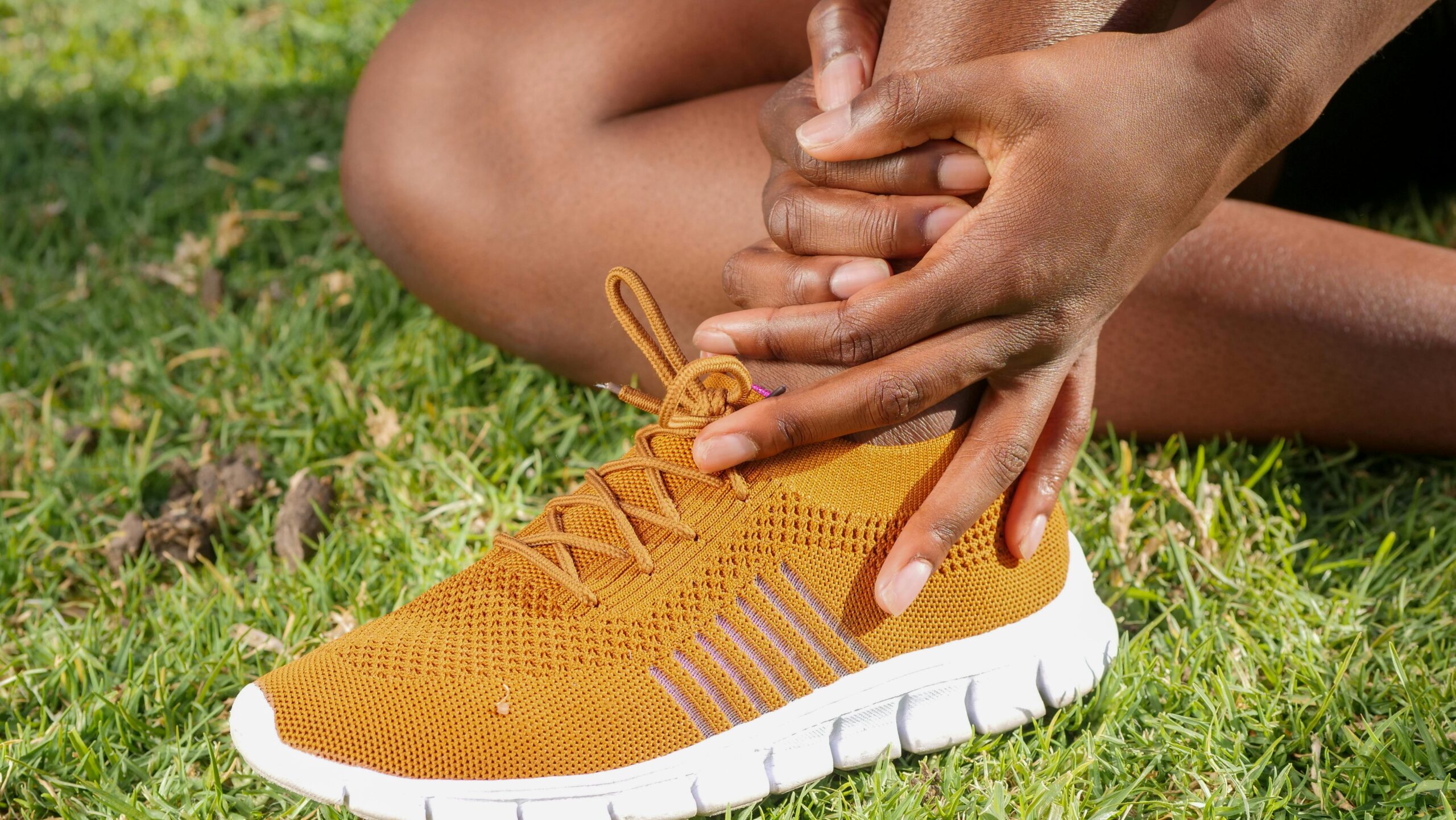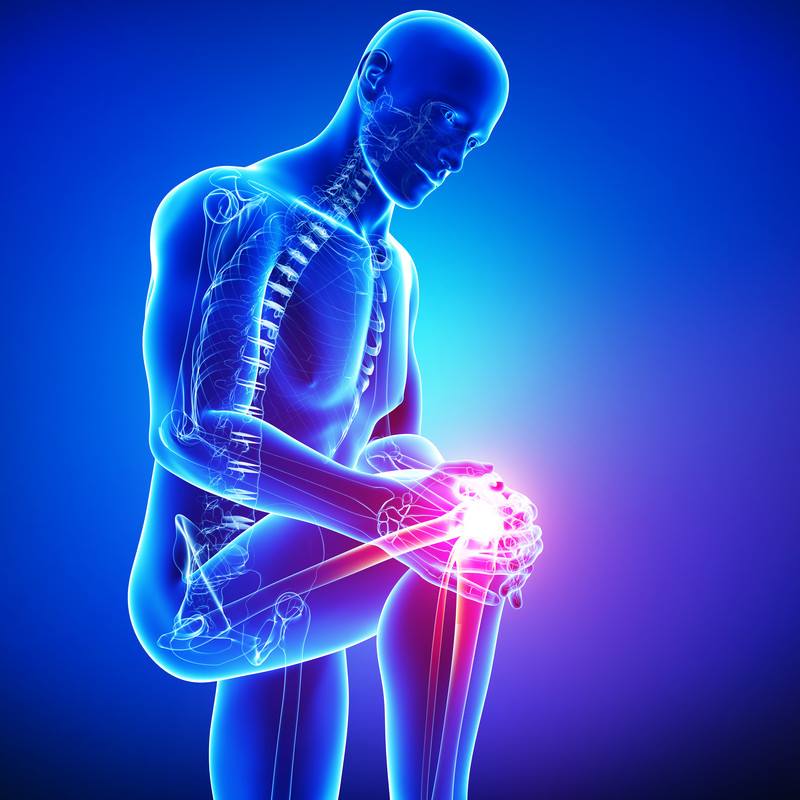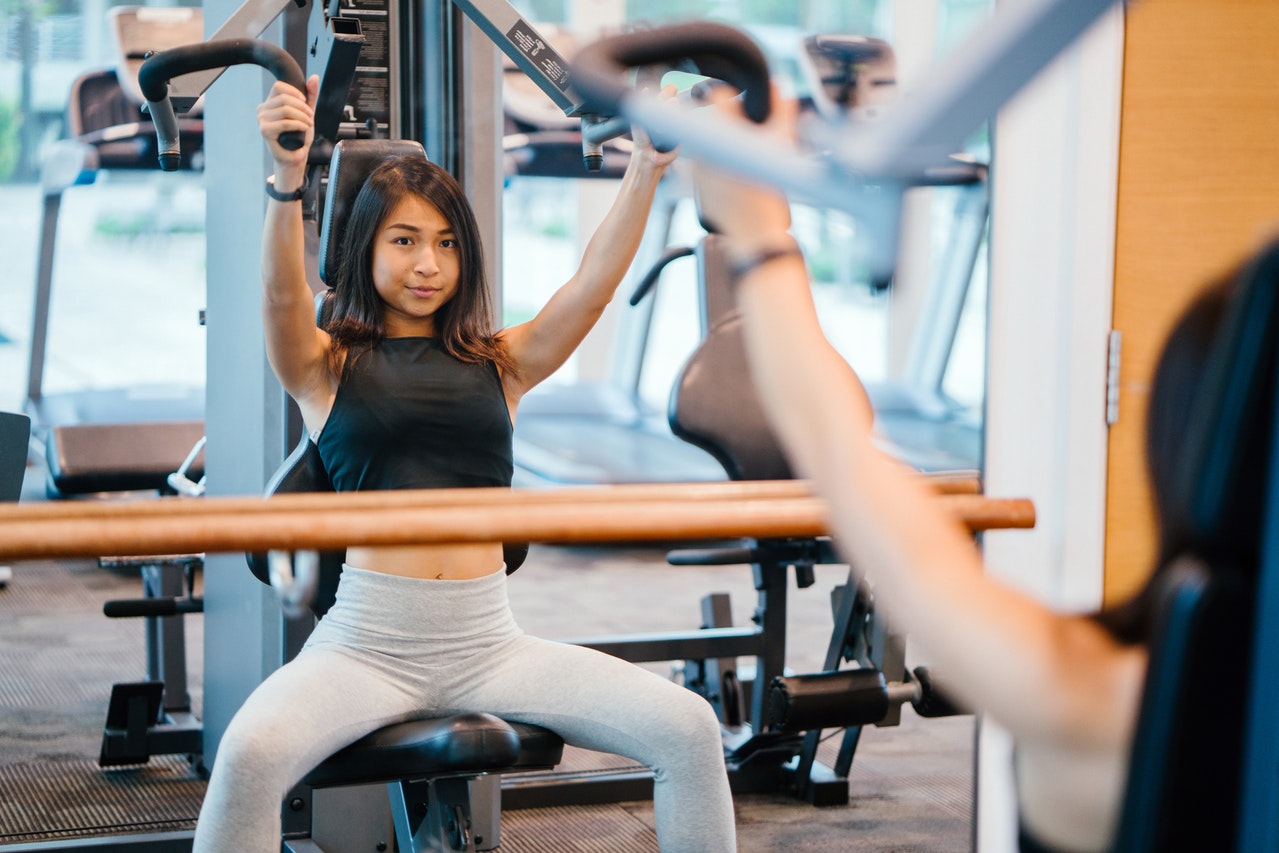
Overtraining Problems in Girls and Young Women
Exercise is one of the most beneficial things you can do to take care of your health and body. But as with anything else, too much of a good thing can just be…too much. This can cause overtraining problems in girls and young women.
Are you exercising too much and eating too little? If so, you may be putting yourself at high risk for several serious problems that could affect your health and increase your risk of injury. You also may be increasing your chances of developing osteoporosis later in life. This is a disease that decreases bone density, leaving them vulnerable to fractures.
Usually, bones don’t become brittle and break until women are much older. But some young women, especially those who exercise so much that their menstrual cycles stop, develop brittle bones and may start suffering fractures at a very early age. Some 20-year-old female athletes have been said to have the bones of an 80-year-old woman.
Even if bones don’t break when you’re young, low estrogen levels during the peak years of bone building — the preteen and teen years — can affect bone density for the rest of your life. And studies show that bone growth lost during these years may never be regained.
Broken bones don’t just hurt – they can cause lasting physical malformations. When you see older women with stooped postures, this is not a normal sign of aging. Fractures from osteoporosis have left their spines permanently altered.
Overtraining can cause other problems. The lack of enough calcium and vitamin D (among other nutrients) in your diet can result in bone loss. This can lead to decreased athletic performance, decreased ability to exercise or train at desired levels of intensity, and an increased risk of injury.
Who is at risk for these problems?
Girls and women who engage in rigorous exercise regimens or who try to lose weight by constantly dieting are at risk for these health problems. This may include serious athletes, the “gym rats” who spend hours working out, and women whose dieting may lead to poor nutrition.
They may also be diagnosed as female triad. The female athlete triad is a medical condition observed in physically active females involving low energy availability with or without disordered eating, menstrual dysfunction, and low bone density.
How can you make needed changes to improve your bone health?
The best thing you can do is to improve your diet. That includes consuming enough calories to support your activity level. If you’ve missed periods, it’s best to check with a doctor to make sure it’s not a sign of some other problem and to get his or her help as you work toward a healthier balance of food and exercise. Also, a doctor can help you take steps to protect your bones from further damage.
Eating for healthy bones.
How much calcium do you need? It’s very important to your bone health that you receive adequate daily amounts of calcium, vitamin D, phosphorus and magnesium. These vitamins and minerals are the most influential in building bones and teeth. The chart below will help you decide how much calcium you need.
Where can you get calcium and vitamin D? Dairy products are the primary food sources of calcium. Choose low-fat milk, yogurt, cheeses, ice cream, or products made or served with these choices to fulfill your daily requirement. Three servings of dairy products per day should give you at least 900 mg (milligrams) of calcium. Green vegetables are another source. A cup of broccoli, for example, has about 136 mg of calcium.
Milk and dairy products. Many great snack and meal items contain calcium. With a little planning, you can make meals and snacks calcium-rich!
- If you’re concerned about fat and calories, choose reduced-fat or fat-free milk. You can drink it plain or with a low- or no-fat syrup or flavoring, such as chocolate syrup, vanilla extract, hazelnut flavoring, or cinnamon.
- Again, you can choose the low- or no-fat varieties. Use all different types of cheese for sandwiches, bagels, omelets, vegetable dishes, pasta creations, or as a snack by itself.
- Pudding (prepared with milk). You can now purchase (or make from a mix) pudding in a variety of flavors with little or no fat, such as chocolate fudge, lemon, butterscotch, vanilla, and pistachio.
- Add fruit. Eat it plain. Add a low- or no-fat sauce or syrup. No matter how you choose to eat this calcium-rich food, yogurt remains a quick, easy and convenient choice. It’s also available in a variety of flavors.
- Frozen yogurt (or fat-free ice cream). Everybody loves ice cream. And now, without the unnecessary fat, you can enjoy it more often! Mix yogurt, milk, and fruit to create a breakfast shake. Have a cone at lunchtime or as a snack. A scoop or two after dinner can be cool and refreshing.
What are other sources of calcium? Many foods you already buy and eat may be “calcium fortified.” Try calcium-fortified orange juice or calcium-fortified cereal. Check food labels to see if some of your other favorite foods may be good sources of calcium. You also can take calcium supplements if you think you may not be getting enough from your diet.
If you or someone who know is concerned about energy levels, activity, and the balance of both, please come in and visit us today. “I prefer to use a multidisciplinary approach to discuss energy input and output that can involve nutrition specialists, counseling, and working with coaches and trainers” says Dr. Alexandra Matthews, Sports Medicine specialist with the Orthopedic Performance Institute.
The Orthopedic Performance Institute is a comprehensive medical practice specializing in adult and pediatric orthopedics and sports medicine, and has office locations in San Antonio and Boerne.
Recommended Calcium Intakes
9 to 13 years old 1,300 mg/day
14 to 18 years old 1,000 mg/day
19 to 30 years old 1,000 mg/day
Source: Food and Nutrition Board, Institute of Medicine, National Academy of Sciences, 2010.

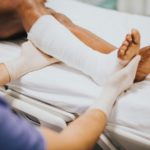 Previous Post
Previous Post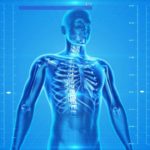 Next Post
Next Post